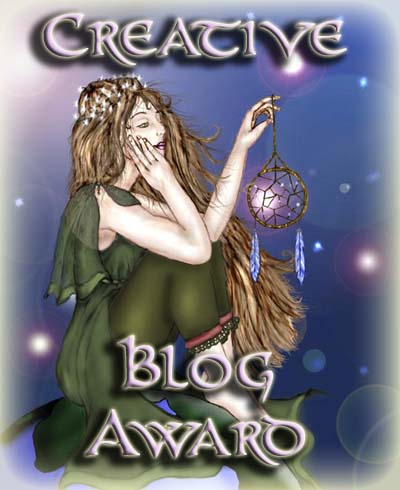In life, the visible surface of the Sperm Whale is not the least among the many marvels he presents. Almost invariably it is all over obliquely crossed and re-crossed with numberless straight marks in thick array, something like those in the finest Italian line engravings. But these marks do not seem to be impressed upon the isinglass substance above mentioned, but seem to be seen through it, as if they were engraved upon the body itself. Nor is this all. In some instances, to the quick, observant eye, those linear marks, as in a veritable engraving, but afford the ground for far other delineations. These are hieroglyphical; that is, if you call those mysterious cyphers on the walls of pyramids hieroglyphics, then that is the proper word to use in the present connexion. By my retentive memory of the hieroglyphics upon one Sperm Whale in particular, I was much struck with a plate representing the old Indian characters chiselled on the famous hieroglyphic palisades on the banks of the Upper Mississippi. Like those mystic rocks, too, the mystic-marked whale remains undecipherable. ~ Herman Melville, Moby Dick
One of the many things I love about doing the April A-to-Z challenge is the opportunity to discover new words, ones that I would not normally utilize but that speak to me during my quest through the alphabet. One of the many things I love about being an archivist is the opportunity to discover new “old” things — things untouched, unseen, perhaps even unknown for years, decades, centuries. The best of all possible worlds is when these two passions can combine. That is the case here.
The photograph above is from an 1850s whaling journal that I found in our manuscript materials. No one is certain how it ended up here, but we’re all certainly glad it did. For the most part, the journal tracks a ship across the Atlantic and around the coast of Africa during the 1850s. At some point, several different hands entered information or comments. Along the way, entries include descriptive information about the weather, the ship, or things they have seen. Most also include the latitude and longitude, from which we hope at some point to create a digital exhibit tracking the journey. There are also numbers and poetry. And sketches — certainly a favorite part! There are little whale tails with comments of them getting away from the ship, and then there is this specimen. The cachalot, or sperm whale, about three-quarters of the way through the book. As the entry indicates, the whale and some of his friends were spotted on January 26, 1858.
As we learn more about the ship and its journey and crew, we hope to create a digital exhibit sharing the full account of the journal. We’ve already discovered some quite interesting comments and ideas as we’ve started work on it. I look forward to sharing more as the story unfolds, but in the meantime, I’ll leave you with another quote:
The heroic and often tragic stories of American whalemen were renowned. They sailed the world’s oceans and brought back tales filled with bravery, perseverance, endurance, and survival. They mutinied, murdered, rioted, deserted, drank, sang, spun yarns, scrimshawed, and recorded their musings and observations in journals and letters. They survived boredom, backbreaking work, tempestuous seas, floggings, pirates, putrid food, and unimaginable cold. Enemies preyed on them in times of war, and competitors envied them in times of peace. Many whalemen died from violent encounters with whales and from terrible miscalculations about the unforgiving nature of nature itself. And through it all, whalemen, those “iron men in wooden boats” created a legacy of dramatic, poignant, and at times horrific stories that can still stir our emotions and animate the most primal part of our imaginations. “To produce a mighty book, you must choose a mighty theme,” proclaimed Herman Melville, and the epic story of whaling is one of the mightiest themes in American history.
― Eric Jay Dolin, Leviathan: The History of Whaling in America
[This post is #3 of 26 of the April A-to-Z Challenge. Please click on the button on the right side of the page for more information about the challenge or to locate others participating — there are more than 1600!]
Previous A-to-Z posts:
2012: Cooking up Something Good
2011: Chapel Cars






Just another wordy! Enjoyed the post
Enjoyed this post! I, too, love old papers, journals, books. I have done much genealogy and find looking at/through history in the first person fascinating. Love your writing style, thanks for the post!